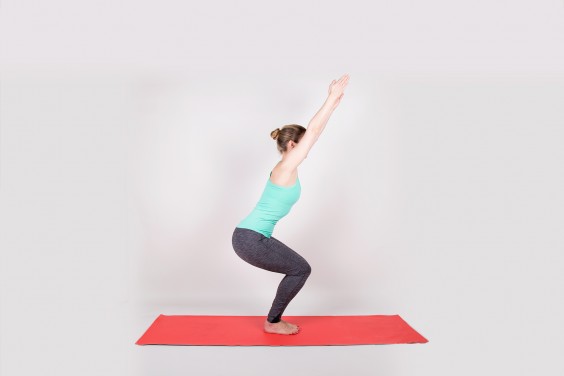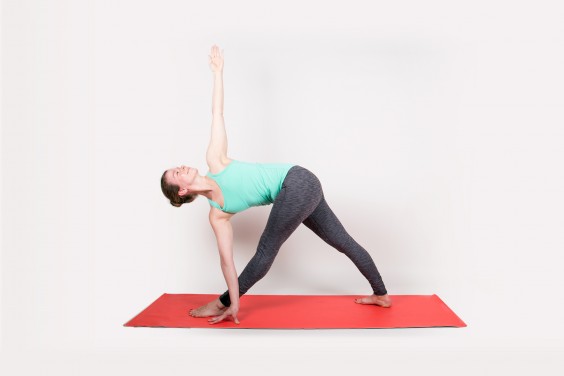Going weak in the knees before a first date is a good thing. Going weak in the knees mid-run? Not so much. Sadly, most of us deal with the second type more often: Knee pain is thenumber two cause of chronic pain, with more than one third of Americans suffering from it.
Strangely enough, the issue isn’t with the knee itself—because it’s a joint, it’s affected by the muscles surrounding it, like the quads, hamstrings, and calves. “The knee never acts in isolation because of the way the soft structure of the cartilage is designed,” explains Jill Miller, certified yoga instructor and creator of Yoga Tune Up.
Typical culprits of knee pain include injury to a ligament (like a torn ACL), weak quads or hamstrings, or a chronic condition like arthritis. Or blame your job: Sitting at a desk all day can create imbalances in the body by weakening the buttock muscles, Miller says. (See a doctor or physical therapist to find out what’s causing your particular pain.)
These imbalances can follow you into the yoga studio. Research shows certain yoga poses (especially single-leg balances) can be stressful on the knee, while squatting and lunging postures can improve leg strength and minimize knee adduction. For anyone with knee pain, it’s important to practice with awareness and stabilize the knees by actively contracting the muscules around them, Miller says.
That being said, there are several specific poses that can help provide relief—and a few that can be problematic if practiced incorrectly. That’s why it’s always best to find an experienced teacher you trust and let them guide you. Also be sure to let your teacher know about any injuries or concerns before class, says Steven Cheng, a certified yoga instructor and Greatist expert. Finally, remember: “If a pose doesn’t feel good, causes pain, or gives you a sharp sensation in the patella (kneecap), adjust it or don’t do it,” Miller says.




